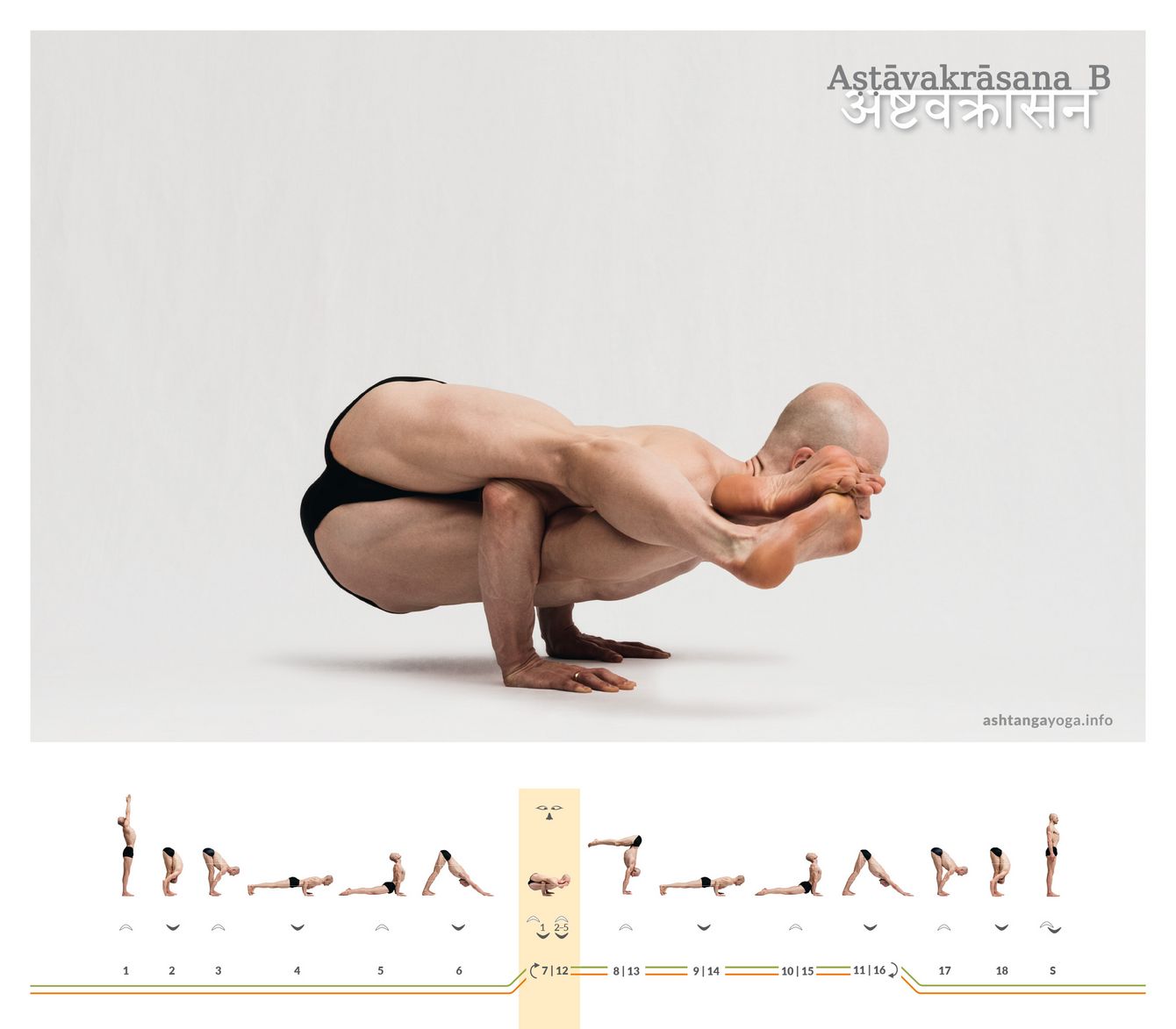

Mythology: One of the most famous stories about Aṣṭāvakra is found in the Śānti Parva, the Book of Peace. This is a book of diverse stories and philosophical discourses within the Mahābhārata, one of the two great epics of Indian literature.
Kahoda, Aṣṭāvakra's father, was defeated in a philosophical debate by the wise Vandin. The condition of defeat was that the loser had to serve the winner as a servant.
Despite his youthful years and physical deformities, Aṣṭāvakra decided to go to the court of King Janaka and free his father in a philosophical contest against Vandin. When he arrived at the court, his appearance and gait were initially ridiculed by some attendees. However, Aṣṭāvakra remained undisturbed and responded with great wisdom and maturity, stating that true scholarship and enlightenment have nothing to do with external appearances.
During their dispute, Aṣṭāvakra not only demonstrated his comprehensive knowledge of the scriptures but also his ability to articulate deep philosophical principles and spiritual truths. He surpassed Vandin in wisdom and insight, which brought him victory in this duel.
Through his victory, Aṣṭāvakra was able to free his father and also gain the recognition and respect of King Janaka. This encounter later led to the profound spiritual dialogues that are recorded in the Aṣṭāvakra Gītā.
The actual instruction begins when King Janaka asks the sage Aṣṭāvakra how he can achieve self-realization, dissolve his attachments, and attain ultimate freedom. Aṣṭāvakra responds with a series of teachings that directly target the core of Advaita Vedanta philosophy. He teaches the king how the individual self (ātman) and the universal self (brahman) are one and the same.
In the traditional count: Begin directly from "Downward-Facing Dog" pose in the previous sequence.
Vinyāsa 7 - Inhalation, Exhalation, 5 breaths:
Jump inhaling from the 'Downward-Facing Dog' into a balance position on your hands. Lower your straight legs with the exhalation until your toes hover just above the ground. Rotate your legs to the right and wrap around your right upper arm. Bend your arms until the upper arms are horizontal. Stay here until the fifth exhalation.
Try: In Aṣṭāvakrāsana B, the lower leg crosses in front. This is the only difference in the posture itself from variant A. Try to align your shoulders as horizontally, or parallel to the floor, as possible.
Vinyāsa 8 - Inhalation:
Unfold your legs and straighten your arms. Pull your pelvis back and up until you can pull your legs into an L-handstand.
Tip: The pull of the pelvis brings it over your shoulders. The legs will automatically follow. Be careful not to lift them too early.
Vinyāsa 9 - 11:
Follow the flow of movement you are already familiar with until a stop in the 'Downward-Facing Dog.'
Vinyāsa 12 - 13:
Repeat the sequence of movements from Vinyasa 7-8 on the left side.
Vinyāsa 14-16:
Follow the flow of movement you are already familiar with until a stop in the 'Downward-Facing Dog.'
In the traditional count: Proceed directly into the movement flow of the next posture.
Effect: Aṣṭāvakrāsana stabilizes the core, promotes flexibility in the spine and hip flexors, and develops balance. On a mental level, Aṣṭāvakrāsana supports the development of discipline and perseverance and helps to cultivate a sense of inner calm and centeredness.
Fotograf: Richard Pilnick - www.richardpilnick.com


 Dr. Ronald Steiner
Dr. Ronald Steiner
Messages and ratings